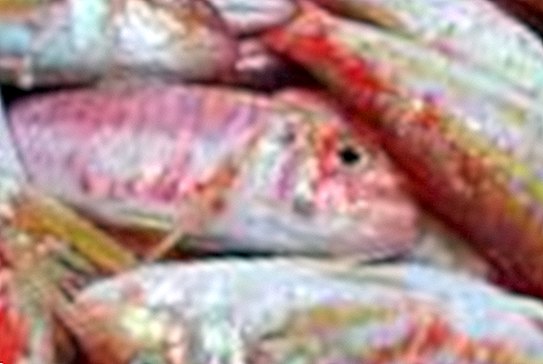Dioxin in the fish


Andreas Eickelkamp
ChroniquesDuVasteMonde.com: The EU has raised the limit for dioxin, from 8 to 25 picograms (trillionth of a gram) One trillion is a number with 12 zeros. Does the increase really matter?
Andreas Eickelkamp: Yes, because dioxin has a zero tolerance, it is toxic even in small amounts, it accumulates in the adipose tissue of humans and animals and it hardly breaks down. The less of it, the better. 80 percent of us eat animal food. The WHO has stated that we should not take more than four picograms per kilogram of body weight. For a woman weighing 65 kilos, that would be 260 picograms. However, a 200-gram serving of fish may contain up to 5,000 picograms of dioxin alone according to the new limits. The requirements of the WHO are exceeded many times over.
ChroniquesDuVasteMonde.com: Why were the values raised at all?
Andreas Eickelkamp: The EU bows to economic interests. Otherwise, it would ban the sale of many fish, such as Baltic cod, which is usually heavily contaminated with dioxin. Bad in the new regulation: The EU thus violates its own precautionary principle, namely to protect the EU citizens from danger.
ChroniquesDuVasteMonde.com: Especially fatty fish such as herring, mackerel and salmon easily accumulate dioxin, but on the other hand are considered to be especially healthy. Should we not eat them anymore?
Andreas Eickelkamp: Basically, fish consumption increases the likelihood of ingesting dioxin. Deep-sea fish is usually not as heavily polluted as those from the Baltic Sea. And offal such as cod liver are more heavily loaded than fish fillet.
ChroniquesDuVasteMonde.com: And what about farm salmon, where the meat is often streaked with thick grease veins?
Andreas Eickelkamp: He may contain more dioxin than leaner, but it depends on the water load. More details could be said, if the authorities had to publish their measurement results. Because they do not do that, you have to ask if measurements have been made for a particular product from a particular store.
ChroniquesDuVasteMonde.com: Keyword: the new Consumer Information Act (VIG)
Andreas Eickelkamp: Exactly. The law has been in effect since 1 May and provides that every consumer has the right to obtain food information from the authorities. But this can only happen if the product has ever been analyzed by state food monitoring.
ChroniquesDuVasteMonde.com: And if the agency has no analysis?
Andreas Eickelkamp: Unfortunately, the consumer does not have the right to request information directly from the company. Therefore, the authority must give the manufacturer an opportunity to comment. But he can refuse the information, rely on the trade secret. Then the authority has to go to court and sue for the consumer. It all costs a lot of time and does not benefit the consumer in the short term.
ChroniquesDuVasteMonde.com: Is the new Consumer Information Act just a paper tiger?
Andreas Eickelkamp: Even the governing parties do not believe that the law works. Therefore, it should be reviewed again in 2010, to improve.










